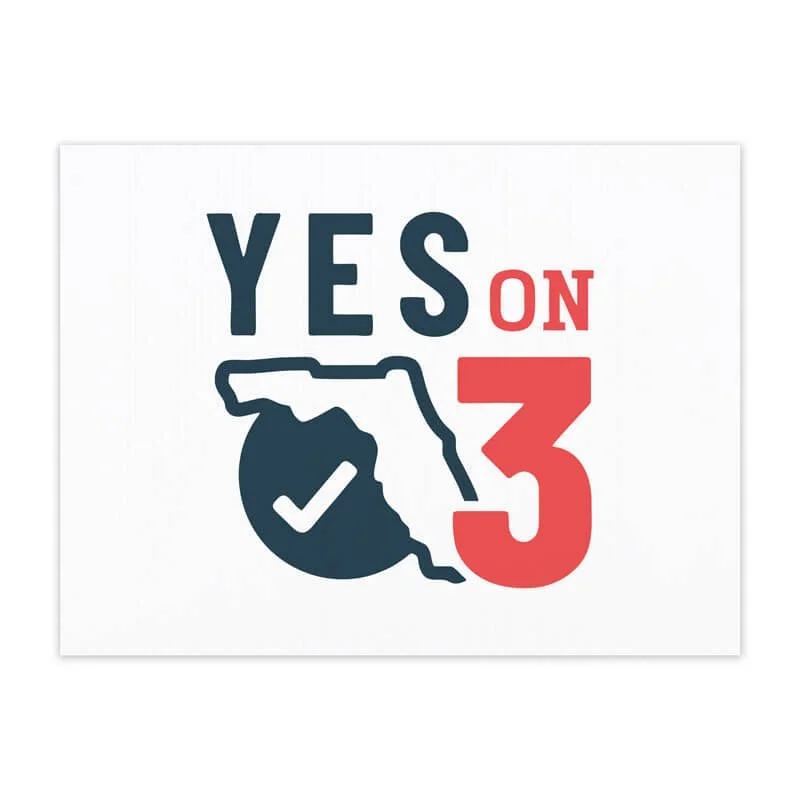
how to get a yes on 3 sign
Getting a “yes” when it matters most is a powerful skill, whether in negotiations, personal relationships, or collaborative decision-making. The “3 sign” method is an intriguing concept that revolves around achieving agreement through structured communication and psychological insight. In this article, we’ll dive deep into the essence of how to get a yes on 3 sign, explore its meaning, practical applications, and how you can master this approach to foster agreement in various aspects of life.
What Is the “3 Sign” Method?
The “3 sign” method is based on the principle of securing three incremental agreements or affirmations before arriving at the final and significant “yes.” It operates on the psychological phenomenon that people are more likely to agree to a larger request after agreeing to smaller ones.
Core Principles Behind the 3 Sign Method:
- Building Momentum: Start with simple, non-threatening requests or statements that are easy to agree with.
- Establishing Trust: Each “yes” builds confidence and reduces resistance in the decision-making process.
- Psychological Commitment: When someone agrees multiple times, they subconsciously align themselves with the pattern of agreement.
The Psychology Behind Getting a Yes
1. The Power of Reciprocity
Humans are wired to reciprocate. When you make someone feel heard, validated, or positively engaged, they are more likely to respond in kind. Starting with agreeable statements helps create a cooperative atmosphere.
Example:
Instead of jumping straight into a sales pitch, ask relatable questions:
- “Do you find it helpful when solutions save you time?”
- “Would you agree that staying within budget is important?”
Each “yes” brings them closer to the final agreement.
2. Anchoring Bias
People tend to rely on the first piece of information (the “anchor”) when making decisions. If you establish agreeable points early, this becomes their reference, increasing the likelihood of a positive outcome.
3. Consistency and Commitment
Humans prefer to act in ways that are consistent with their previous behaviors. By saying “yes” to smaller, low-risk statements or requests, they are more likely to follow through with a significant agreement.
How to Get a Yes on 3 Sign: A Step-by-Step Guide
Step 1: Identify Common Ground
Begin by finding topics or areas where agreement is natural. These could be shared goals, mutual benefits, or universally accepted truths.
Example Scenario: A team leader persuading a group to adopt a new project management tool.
- Start with a universally accepted statement:
- “We all want to improve our team’s productivity, right?”
- Build on shared benefits:
- “Wouldn’t it be great if we could save time and reduce unnecessary tasks?”
- Pose a logical step forward:
- “So, trying out a tool that helps us achieve these goals makes sense, doesn’t it?”
Step 2: Use the Rule of Three
Break your request into three levels of agreement. Each step builds upon the previous, making it easier to reach the ultimate “yes.”
Example in Negotiations:
Imagine you’re negotiating a partnership deal:
- First sign: Acknowledge shared interests.
- “Our companies both aim to bring innovative solutions to market.”
- Second sign: Present a smaller commitment.
- “Would you agree that collaborating on this project could expand our reach?”
- Third sign: Lead to the final “yes.”
- “So, moving forward with this partnership would be a win-win, wouldn’t it?”
Step 3: Engage Actively and Listen
Active listening shows respect and builds trust. Paraphrase their concerns, acknowledge objections, and address them thoughtfully to keep the dialogue positive.
Tips for Active Engagement:
- Ask open-ended questions to understand their perspective.
- Show empathy by validating their concerns:
- “I see why you might feel that way. Let me clarify how this benefits you.”
Step 4: Use Visual Cues and Storytelling
People often respond better to visual representations and relatable stories than cold facts. When explaining your points, use analogies, case studies, or even visuals to reinforce your argument.
Real-Life Applications of the 3 Sign Method
1. In Sales and Marketing
Sales professionals often rely on the “3 sign” approach to close deals. By asking targeted questions and aligning with customer values, they guide potential clients through a series of affirmations toward the purchase decision.
2. In Personal Relationships
Whether convincing a partner to try a new restaurant or discussing a major life decision, the method works wonders. Begin with shared preferences, build excitement, and then propose the final idea.
Example:
- “You enjoy Italian food, don’t you?”
- “Wouldn’t it be fun to try that new place downtown?”
- “Let’s book a table for Friday night!”
3. In Workplace Collaboration
Getting a team to agree on a challenging initiative often requires gradual buy-in. By securing agreement on smaller aspects of the project, you create a path toward full commitment.
Pro Tips to Master the 3 Sign Method
- Be Genuine: Authenticity builds trust. Avoid manipulative tactics, as they can backfire.
- Practice Patience: Rushing through the steps may lead to resistance.
- Adapt to Responses: Tailor your approach based on the other person’s feedback and body language.
- Use Positive Framing: Frame your requests positively, focusing on benefits and outcomes.
Common Mistakes to Avoid
- Skipping Steps: Jumping directly to the big ask without laying the groundwork.
- Ignoring Objections: Failing to address concerns can erode trust.
- Being Overly Persistent: If someone resists, step back and reassess.
Conclusion
Learning how to get a yes on 3 sign isn’t just about persuasion; it’s about creating meaningful connections and fostering trust. By understanding the psychological principles behind agreement and using them ethically, you can navigate conversations, negotiations, and relationships with greater ease.
Whether in personal life, professional settings, or high-stakes negotiations, mastering this method will set you apart as a skilled communicator who knows how to achieve consensus effectively.
FAQS About How to Get a Yes on 3 Sign
1. What does “3 sign” mean?
The “3 sign” method refers to a psychological and conversational approach where you secure three incremental agreements or affirmations (smaller “yeses”) before leading to a larger commitment. It builds trust, reduces resistance, and fosters a positive path toward consensus.
2. How does the “3 sign” method work?
The method works by:
- Establishing common ground with simple, agreeable statements.
- Building momentum with incremental requests that align with the person’s interests.
- Leading to a final “yes” that represents the desired outcome.
3. Why are three agreements important?
Psychologically, agreeing multiple times creates a pattern of consistency. People tend to align their behavior with their previous affirmations, making them more likely to say “yes” to the final, larger request.
4. Can the 3 sign method be used in everyday conversations?
Yes, it’s versatile and can be applied in various scenarios like convincing a friend to try a new activity, resolving conflicts, or even negotiating workplace tasks.
5. How is the “3 sign” method different from regular persuasion?
While traditional persuasion often relies on presenting arguments directly, the “3 sign” method focuses on gradual agreement through psychology







